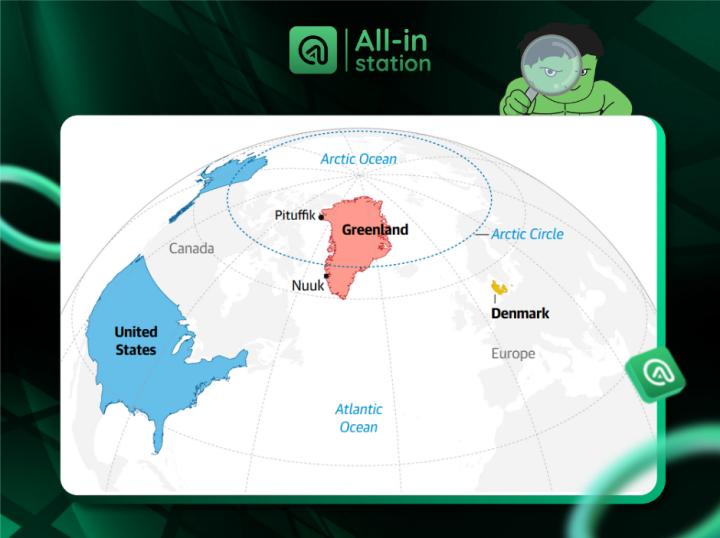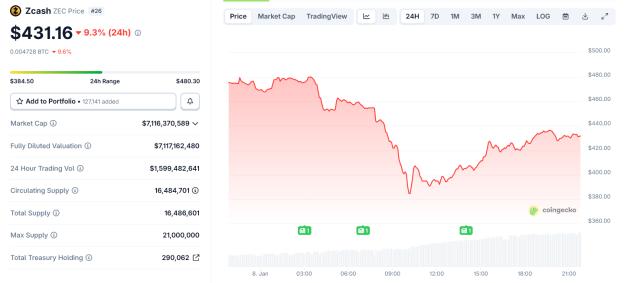Follow: Reply to receive K-line tutorials and detailed technical trading instructions
Spot Bitcoin exchange-traded funds (ETFs) saw net outflows for the fifth consecutive day, with outflows reaching $139.88 million on Thursday
Most ETFs maintained net outflows or no fund flows, and the only ETF that recorded net inflows was BlackRock's IBIT, which recorded a net inflow of about $1 million yesterday.
It seems that the bull market in the crypto cannot rely solely on the role of ETFs. The real effect is likely to be a rate cut.
The Fed's latest forecasts, released last week, suggest there could be only one rate cut this year, possibly in December at the latest. Minneapolis Fed President Neel Kashkari also reiterated this on Sunday, saying it was a "reasonable forecast" to expect one rate cut this year. These forecasts came after U.S. inflation data for May came in below expectations.
It is worth noting that nearly half of the officials at the last meeting expected at least three rate cuts this year, but no one held the same view this time. In 2025, the expected rate cuts are 4, higher than the previous expectation of 3.
The Fed adjusts interest rates, both raising and lowering them, to achieve several main goals:
One of the Federal Reserve's primary goals is to ensure that inflation remains within a controllable range. The recent series of interest rate hikes is intended to curb excessive inflation caused by money printing and supply chain disruptions due to the epidemic in the past few years.
Generally speaking, higher loan interest rates after an interest rate hike will lead to an increase in the cost of living, prompting people to reduce consumer spending and investment, which will help achieve the goal of slowing inflation.
The Fed can influence borrowing costs by adjusting interest rates, encouraging companies to expand their businesses and increase employment. Therefore, lowering interest rates usually helps stimulate economic growth and reduce unemployment, and lower interest rates make it easier for companies and consumers to borrow.
Therefore, during a period of continuous interest rate hikes, which is theoretically unfavorable to businesses and employment, whether the unemployment rate rises significantly will become an indicator for judging the extent of the next interest rate hike, or even whether to suspend interest rate hikes.
Maintaining the stability of the financial system and avoiding financial crises are also part of the Fed's responsibilities.
By raising interest rates, the Fed can reduce investment risks, prevent excessive abuse of leverage in the market, achieve a certain de-bubble effect, and help maintain financial stability.
How will the United States cut interest rates?
With the expectation of interest rate cuts, investors will be prepared for the possible growth of the market. So, what conditions must be met before the United States will officially start to cut interest rates? Everyone needs to pay attention to these data
Slowing economic growth: Usually if economic growth shows signs of slowing, such as an acceleration in the decline in GDP (gross domestic product), a slowdown in the growth rate of CPI (consumer price index) and business investment, policymakers will feel the need to stimulate economic growth by cutting interest rates.
・Unemployment rate rises and non-farm payrolls fall: The unemployment rate reflects the state of the job market, while non-farm payrolls are an important indicator of the health of the labor market. If the unemployment rate rises and non-farm payrolls fall, it means that the economy is weak and the labor market is deteriorating. The job market performance may be improved by lowering interest rates.
・Inflation pressure is weakened: The inflation rate is an important indicator to measure whether the economy is overheating or weak, and curbing inflation is the main reason for the continuous interest rate hikes in the United States after the epidemic. The Federal Reserve usually sets the target inflation rate at around 2%. If the inflation rate continues to decline, close to or below zero, the Federal Reserve will tend to cut interest rates to stimulate the economy and push up prices to prevent deflation.
・Global economic environment: The global economic growth slowdown and international events such as the Sino-US trade war have had a negative impact on the US economy. These international factors have increased economic uncertainty and forced the Federal Reserve to take interest rate cuts to protect the domestic economy.
Judging from several key data of the FOMC, a decline in GDP, a decline in CPI, a decline in inflation rate, an increase in unemployment rate, and an increase in non-farm data will all increase the possibility of a rate cut.
Despite the general pessimism and anger, the price of Bitcoin is only 15% below its high. Market sentiment is not high, but I think it is the darkest time before dawn, the mid-cycle re-accumulation, and the emergence of the cycle high.







